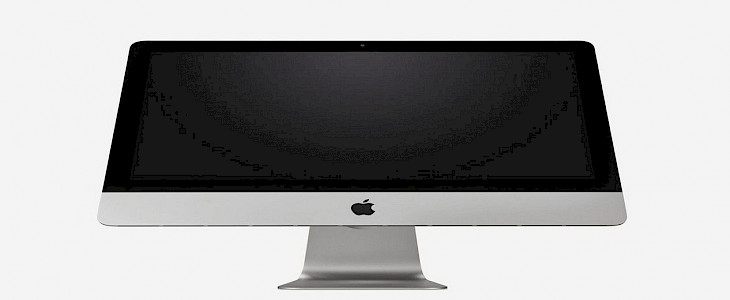
Apple discontinued the 2006 Intel-based iMac. As a result, the Intel-based iMac is no longer available for purchase.
So, we felt it was a good time to pay homage to one of the most legendary Apple devices that brought around a new era of desktops.
Apple discontinues the legendary iMac
Apple has removed its 21.5-inch Intel-based iMac from the shelves (via MacRumors). The discontinuation shouldn't come as a surprise, considering that Apple has switched from Intel processors and moved to the M1 chipset.
It appears that the 21.5-inch iMac was available following Apple's October 18th event unleashed. It did not appear to disappear until the beginning of this week, as per MacRumors. The 21.5-inch iMac costs $1,099 and comes with a 2.3GHz dual-core seventh-generation Intel Core i5 processor, and Intel Iris Plus Graphics 640 isn't listed on the list of iMacs available on Apple's website. The "Buy" button also doesn't show up on this 21.5-inch model on Apple's comparability page.
Apple Discontinues Intel-Based 21.5-Inch iMac https://t.co/DgLKkemJ7Y by @SamiFathi_ pic.twitter.com/74wav8mWsI
— MacRumors.com (@MacRumors) October 30, 2021
Apple hasn't gotten rid of its entire line of iMacs that are Intel-based at this point. However, it's still offering an Intel 27-inch iMac that comes with as much as a 3.6GHz 10 core Intel Core i9 processor with a price starting at $1799.99. In addition, as MacRumors states, it's possible to buy a second-hand 21.5-inch iMac at the Apple online shop.
The month of March saw Apple remove the 1TB and 512GB versions of its 21.5-inch iMac. As a result, Apple is slowly eliminating this model for some time. However, since Apple introduced its slimmer and more vibrant iMacs powered by M1 in April, it only seems sensible for Apple to make room in its inventory.
How did iMac revolutionize the computer world?
The iMac created a sensation at the time when Apple first introduced its new model in the month of May 1998. However, it wasn't until truly changing the game until it started shipping, which was on the 15th of August 1998. It was perhaps the most popular personal computer for desktops of the past decade. The original specifications of the iMac appear outdated in comparison to today's standards. At $1,299, you could go home with a 233 MHz PowerPC G3 processor with 32MB RAM, a four-gigabyte hard drive, and a built-in 15-inch monitor and stereo speakers, all inside a stunning case.
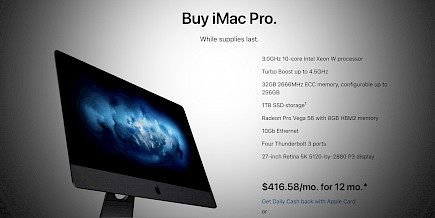
The Bondi Blue wonder heralded the revival of the reign of Steve Jobs as a visionary leader of Apple. Moreover, it halted the company's decline in its financial health in the mid-1990s. The iMac was initially marketed as simple access to the internet, but the iMac was more than that and revolutionized the market for desktop computers--not to mention industrial design for consumers--forever.
iMac eliminated the beige
Prior to the iMac, personal computer enclosures were locked in a design rut. As a result, a majority of companies produced grey or beige metal boxes, each of which was designed to be merely a functional piece instead of an attractive artistic instrument.
The design of the iMac shattered conventional wisdom by favoring soft curves over sharp corners and vibrant colors instead of dull neutrality. Apple even invented a brand new phrase, "Bondi Blue" -a blue-green hue that is named in honor of the Australian Bondi Beach shoreline--to describe the shade of its latest machine.
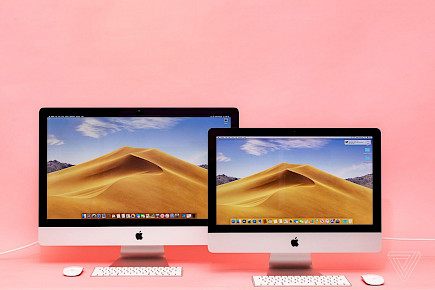
Together with an ice-white pinstripe design and a dazzling color scheme, it creates an incredible enclosure, previously unimaginable in the PC world. Of course, it was a big hit with the masses, but that was just the beginning.
Catching-up the Internet Wave
The first advertising campaign for Apple's iMac was heavily based on the increasing web's popularity during the mid-1990s. In the context of "i" in "iMac" being a short form meaning "internet," Apple billed the iMac as a simple method to connect to the worldwide internet (in only two steps, in accordance with the one Apple advert).
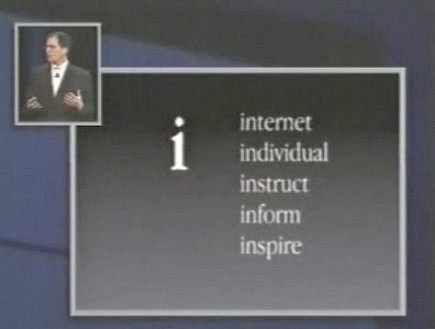
With the focus on the iMac's Internet capabilities, Apple chose a unique method of distinguishing its computer from other PCs and climbing to the top of the PC market for consumers. It did the trick.
Introduction of USB
The iMac's sole use of the USB interface resulted in Mac users being required to dispose of their old mice and keyboards, scanners, printers, and other external drives. In particular, the absence of SCSI ports frightened Mac analysts, who had long depended on SCSI for storage on external drives.
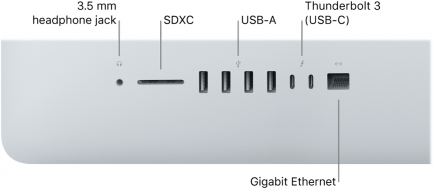
However, in the same way, the iMac gave the first push-start USB required to start to get going. Because of the iMac, several peripheral makers released their first batch of USB computer accessories. It's not a coincidence that the majority of them were sold with transparent blue-green enclosures.
The iMac has established standards in design.
Suppose you happen to encounter a piece of consumer equipment with a translucent plastic case, especially the ones available in several candy colors. In that case, you can thank iMac chief designer Jonathan Ive.
Following the introduction of the iMac, multi-colored translucent plastic housings became a standard feature in the consumer goods market, and the IMac's 1999-2000 Technicolor parade of models was a parody. As a result, Apple was forced to make a change and remove the vibrant array of colors of the lineup with the launch of its flat-panel iMac at the end of 2002.
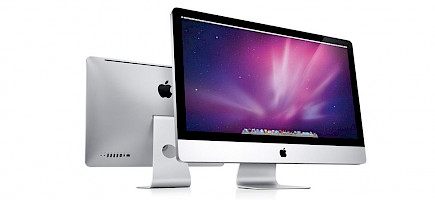
In the meantime, other companies joined in the fun: many consumer electronics products are now sold in the form of brushed aluminum, frosty white, or glossy black, the colors that were used in previous iMac versions.
Winding-up
The 21.5 revolutionized the industry of desktops and was a trendsetter for numerous other predecessors. Even the latest iMacs you see in the market still use some basic engineering of this good old device. So long as iMac 21.5 will always have a special place in the hearts of Apple enthusiasts.
This was all for today, we don't always mention this, but we have A LOT TO LEARN from the history of tech giants. If you enjoyed the above article and learned something new, don't forget to share it with your near and dear ones. If you have anything to add, feel free to use our comment section. And until the next one, have a great one.





